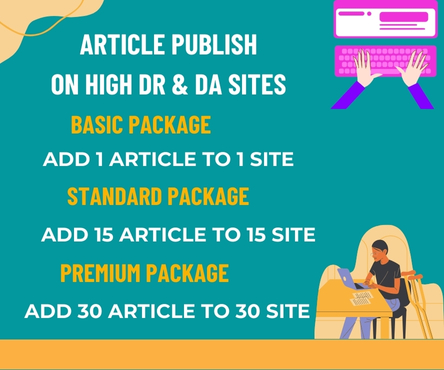In recent years, the construction industry has been undergoing a profound transformation. Technology is revolutionizing the way developers approach projects, from the initial design phase to project completion. The marriage of construction and technology is no longer a futuristic dream but a current reality that is reshaping the entire industry. This intersection of technology and construction is streamlining processes, improving efficiency, and addressing longstanding challenges faced by developers, builders, and contractors alike. Visit now bali contractor
One of the most notable innovations in the construction industry is the rise of Building Information Modeling (BIM). BIM is a digital tool that allows developers and architects to create 3D models of buildings before they are constructed. These models not only provide a visual representation of the structure but also contain detailed information about materials, dimensions, and even the construction schedule. This data-driven approach to design ensures that developers can spot potential problems early in the process, reducing costly mistakes and delays during construction.
In addition to BIM, advancements in construction materials and techniques are making projects faster, more cost-effective, and environmentally friendly. 3D printing, for instance, has emerged as a game-changer in construction. Developers are now experimenting with 3D-printed homes and buildings, which allows for faster construction, less waste, and more precise designs. This technology is not only limited to small-scale structures but is also being used for larger commercial and residential projects. 3D printing reduces labor costs and can potentially revolutionize the way we think about building in urban areas, especially as cities become more congested.
Another technology that is making waves in construction is the Internet of Things (IoT). IoT devices, such as sensors and smart equipment, are now being used on construction sites to monitor everything from machinery performance to air quality. These connected devices provide real-time data that allows developers to make more informed decisions. For example, sensors placed on heavy machinery can detect wear and tear, alerting the maintenance team before equipment failure occurs. This predictive maintenance can prevent costly downtime and improve overall productivity on the construction site.
Drones are also playing a significant role in construction, particularly when it comes to site surveying and monitoring. Drones equipped with cameras and GPS technology can capture aerial footage of construction sites, providing developers with real-time updates on project progress. These aerial surveys are not only faster but also more accurate than traditional methods, ensuring that any discrepancies are caught early and addressed promptly. Drones are also being used to inspect hard-to-reach areas, ensuring that safety standards are met without putting workers at risk.
Moreover, technology is helping to address labor shortages, a persistent issue in the construction industry. Robotics and automation are being increasingly employed to perform tasks that would typically require human labor. Robotic bricklayers, for instance, can lay bricks faster and with greater precision than human workers, reducing the time required to complete a project. Automation also extends to tasks like material handling, where robotic systems can move heavy objects and supplies around construction sites, reducing the strain on human workers.
As the construction industry continues to embrace technology, the benefits are clear. Developers are able to streamline their processes, minimize risks, and complete projects more efficiently. The incorporation of technology into construction is not just about improving productivity—it is also about creating smarter, more sustainable buildings. With the help of cutting-edge tools like BIM, 3D printing, IoT, drones, and robotics, developers are paving the way for a future where technology and construction work hand-in-hand to build a better world.
In conclusion, the intersection of technology and construction is no longer a mere trend; it is a fundamental shift that is transforming the industry. As developers continue to adopt and innovate with new technologies, the construction landscape is becoming more efficient, sustainable, and safer. With these advancements, the future of construction is looking brighter than ever.

